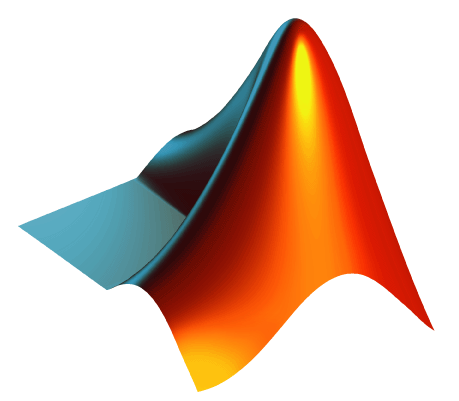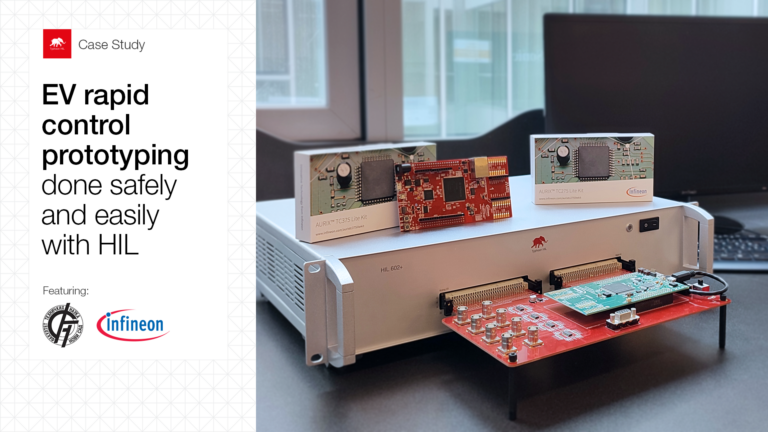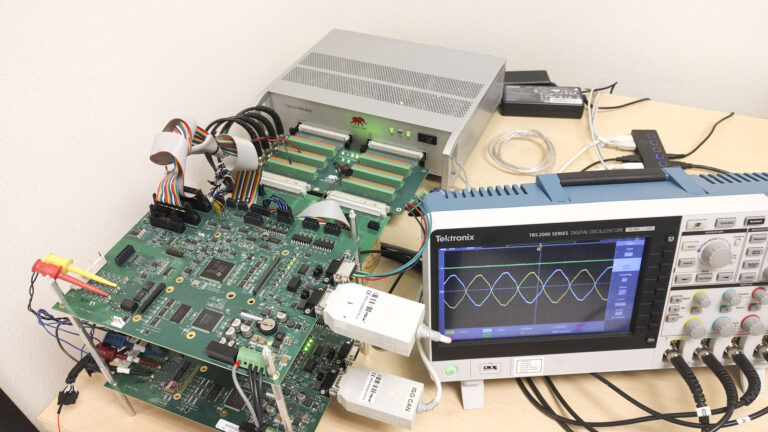Myth #1 | HIL402 has a limited IO

HIL402 has 32 digital inputs with a 20 ns time resolution, which means that 32 fast-switching devices can be controlled with high precision.
For example, a 3-level neutral-point-clamped (NPC) phase leg has 4 switches and a 3-phase back-to-back 3-level NPC inverter has 24 switches, which leaves another 8 fast switches to control protective switches, another 3-phase 2-level inverter or a rectifier.
With 16 analog outputs, it is possible to measure 6 phase voltages, 6 phase currents, and two DC-link voltages and still have 3 additional fast analog outputs to spare.
Myth #2 | HIL402 cannot be connected to industrial and power automation networks

With a dedicated communication processor and built-in software, HIL402 can speak many languages and dialects of Modbus, IEC61850, TCP/IP, etc. This means at least two things:
– A practically unlimited number of IO channels from industrial automation devices can be introduced into the models running in real-time on HIL402.
– HIL402 can communicate with protective relays and other power automation devices using the IEC61850 protocol.
Myth #3 | HIL402 cannot emulate Multiphysics problems

HIL402 can be programmed graphically by means of the Signal Processing Toolbox. Additionally, the C-function block is available within the Signal Processing Toolbox and can be programmed in ANSI C.
And that is not all. Special toolboxes, like Power System Toolbox and others, contain a wealth of components and devices that combine electrical, mechanical, thermal, and other physical domains.
Myth #4 | HIL402 cannot be interfaced with Mathworks products

In theory, it is easy to read the Mathworks-generated netlists and use them for HIL emulation. In practice, there are many mutually incompatible Mathworks releases in use worldwide and the new ones are released at least two times per year. At the same time, HIL technology is evolving with ever more powerful features which are being released continuously. This means that it is practically impossible to insure a 100% compatibility with Mathworks products that are out of the HIL vendor’s control.
In other words, HIL companies who care about their customers’ user experience build their own software toolchain.
That said, a partial import/export tool and open-source netlist importer are on the horizon for some further flexibility.
Myth #5 | HIL402 is targeted at the academic market only

HIL402 is an entry-level device of the latest generation which is dramatically more powerful than its game-changing predecessor HIL400. HIL400 was the first 1 µs single processor HIL device on the market.
HIL402 is a device that has extensive and versatile connectivity, built-in SCADA, data acquisition, rapid control functionality, high-performance IO, mechanical robustness, and many other features… In other words, the DNA of champions.
Is this device then built for the academic market only? Time will tell.
Myth #6 | HIL402 cannot be programmed

HIL402 SCADA can be built up using the simple drag-and-drop technique, while most of its elements can be parameterized and many of its elements customized using the Python language while HIL emulation is in progress. No need to stop emulation, compile, and restart. This is the benchmark of interactivity and user experience that is unique in the industry.
Additionally, the HIL402 application interface allows full control of all HIL402 functions from Python testing scripts, turning HIL402 into a truly powerful automatic testing machine that will ensure your control system test coverage is exceptional and your control system will perform brilliantly in every situation.
Myth #7 | HIL402 is expensive

At ~18,000.00 for the Academic Bundle with a permanent software license and lifelong upgrades, HIL402 offers a power laboratory in a box together with data acquisition and rapid control prototyping functionalities.
At ~9,000.00 for a yearly software license, industrial customers get access to the leading HIL technology without the risk and cost associated with many competing offers.
Myth or reality, only you can decide.
Credits
Author | Nikola Fisher Celanovic
Visuals | Freepik.com
Editor | Debora Santo



